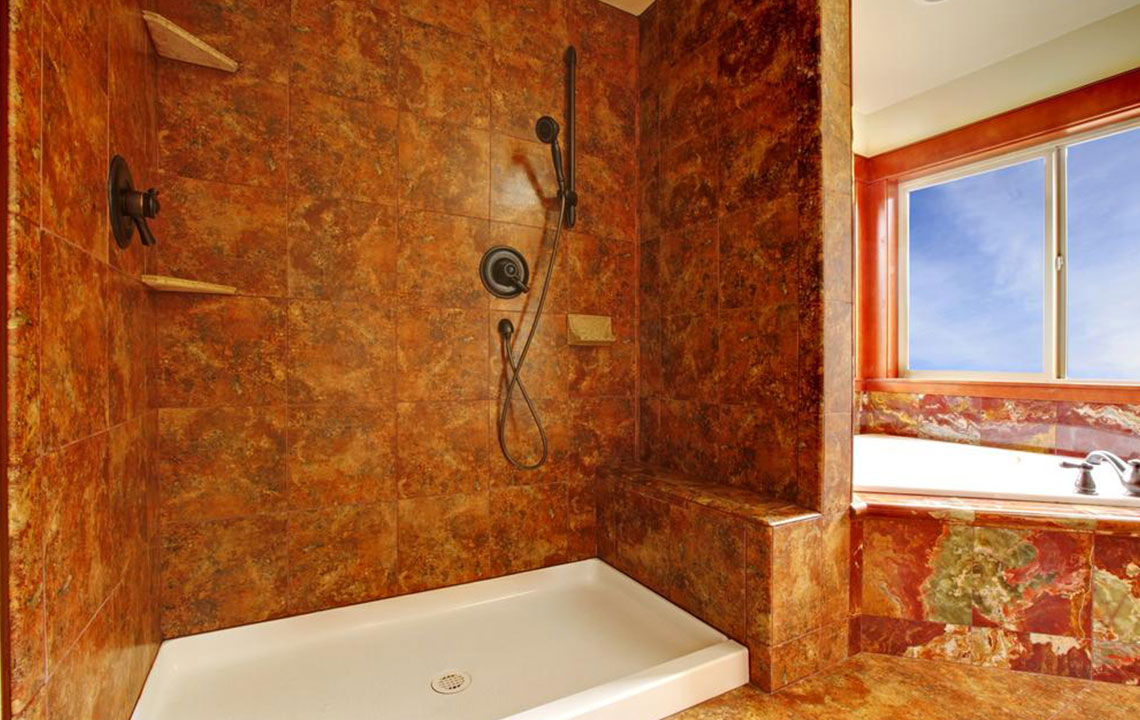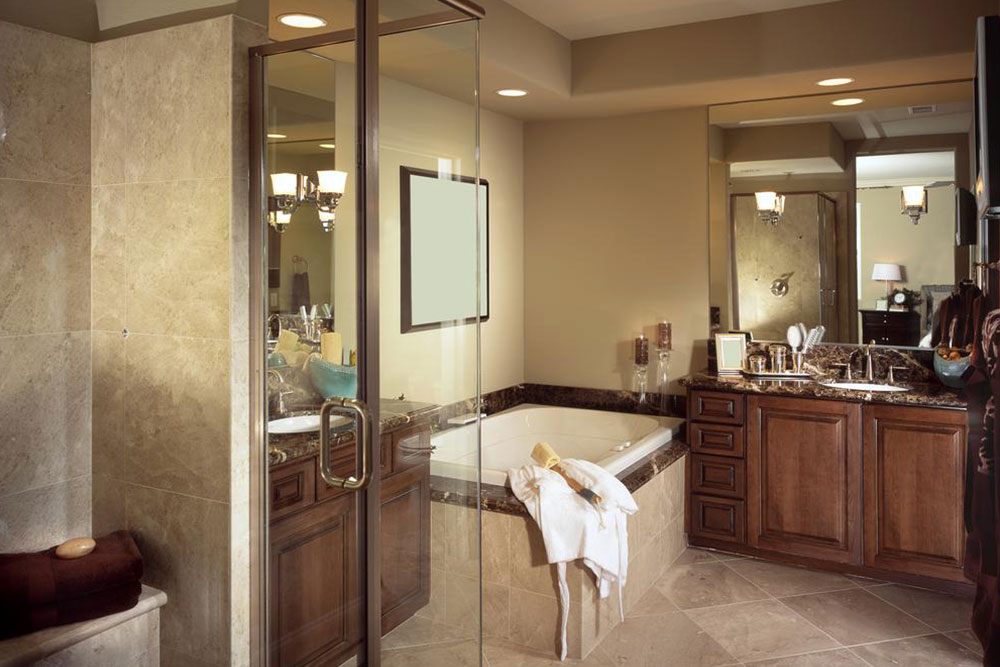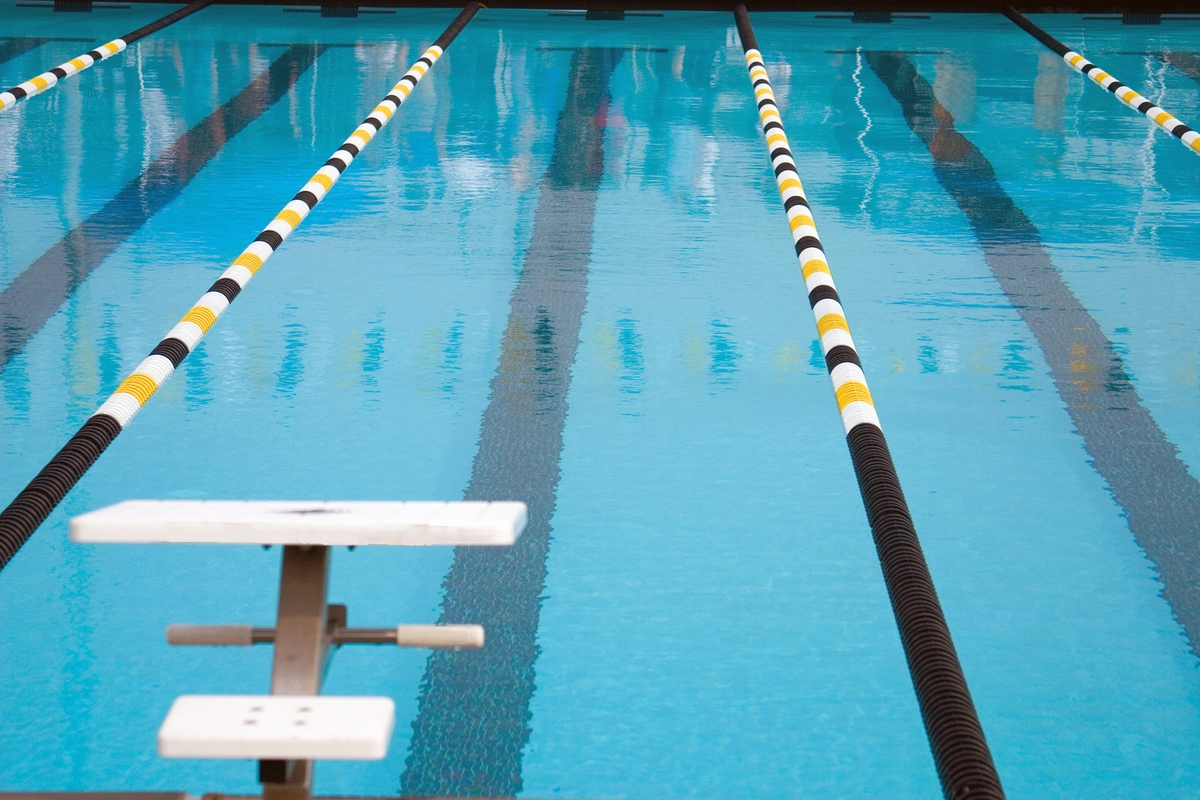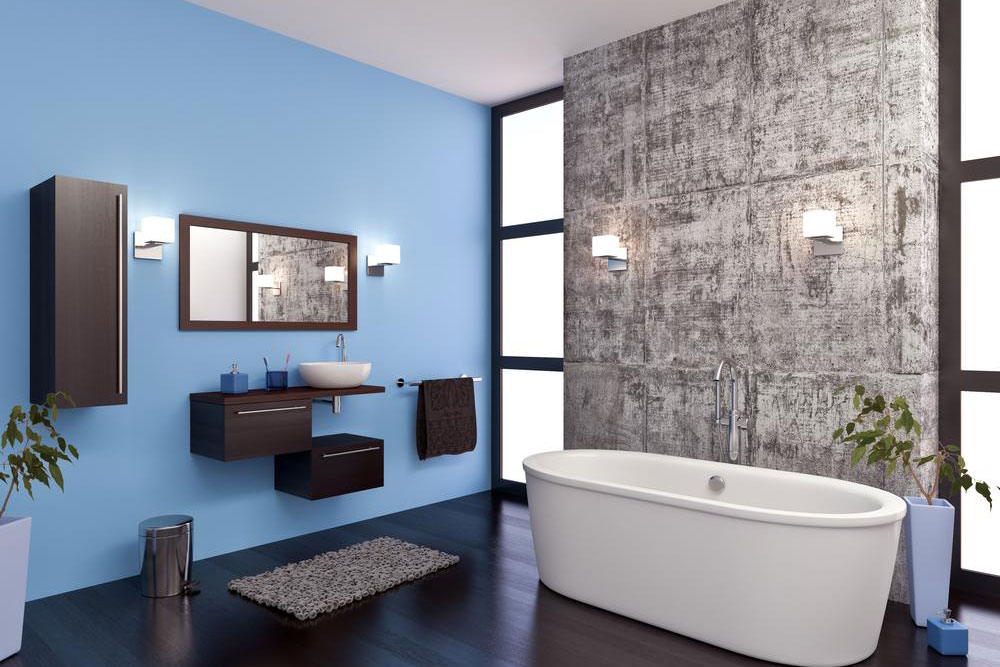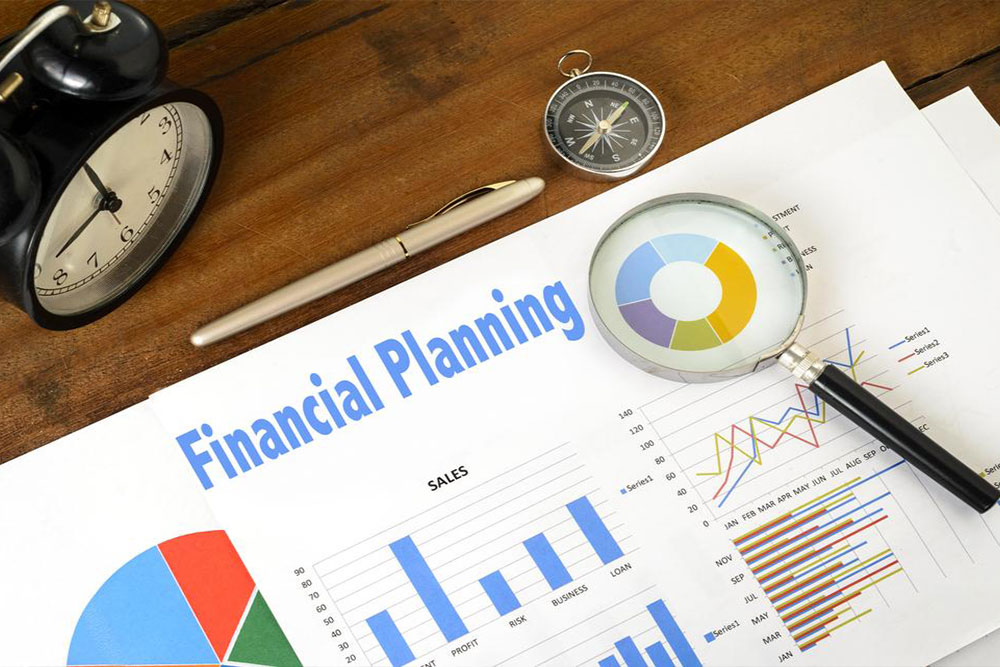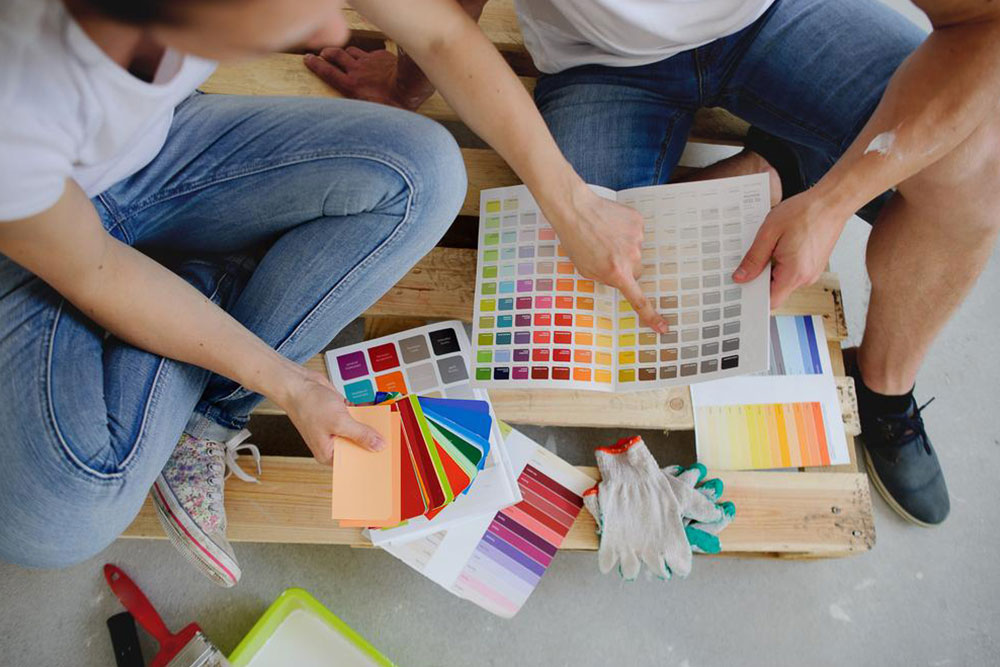Factors Influencing Vinyl Siding Costs in 2024
This article explores the key factors influencing vinyl siding costs in 2024, including material quality, regional climate, design options, and installation expenses. It offers practical tips for homeowners to manage and reduce costs, emphasizing timely scheduling and obtaining multiple quotes. Understanding these elements helps homeowners make informed decisions, ensuring durable, stylish, and cost-effective siding upgrades that enhance home value and curb appeal.
Sponsored
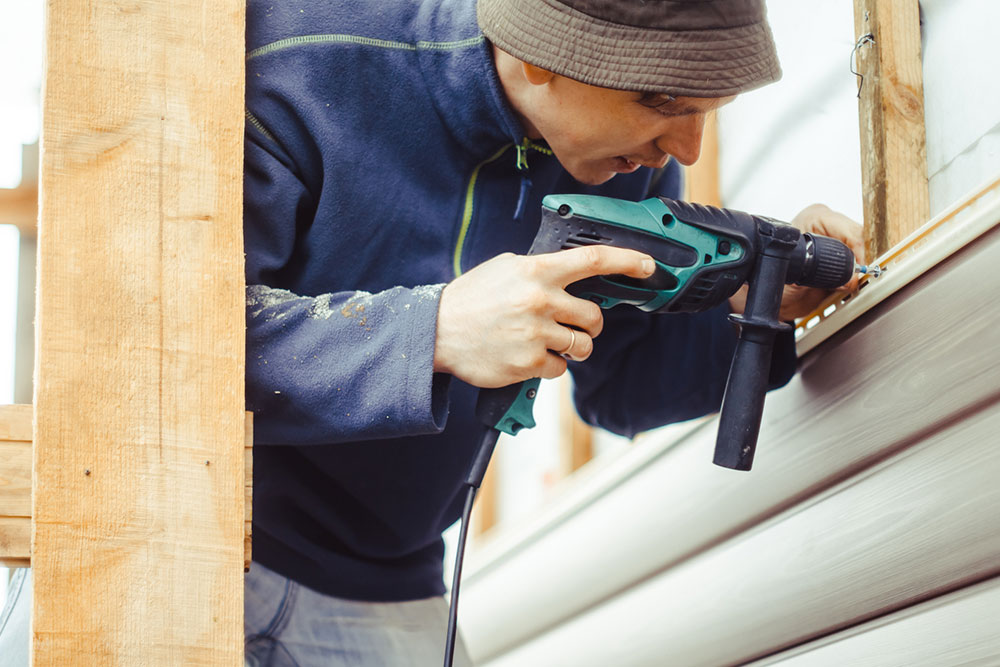
Key Elements Affecting Vinyl Siding Prices in 2024
Choosing vinyl siding for home upgrades remains a preferred option for many homeowners due to its affordability, durability, and aesthetic appeal. It enhances curb appeal, boosts energy efficiency, and can increase resale value. To make informed purchasing decisions, it’s essential to understand the factors influencing vinyl siding costs in 2024, from material quality to installation specifics.
Material Quality
Vinyl siding varies in thickness and quality, directly impacting its price and longevity. Thicker, higher-grade options tend to be more expensive but offer better insulation and durability.
- Budget-friendly builder’s grade vinyl siding measures around 0.40mm, suitable for cost-conscious projects.
- Residential-grade siding at 0.42mm offers decent insulation qualities.
- Standard residential options are about 0.44mm thick, blending affordability with durability.
- Thicker residential siding, around 0.46mm, provides enhanced insulation and resilience.
- Premium-grade siding, 0.52mm to 0.55mm, delivers superior insulation and weather protection, albeit at a higher cost.
- Regional factors influence costs; areas with milder climates may see different pricing compared to regions with extreme temperatures.
Location and Climate
Cost variations arise depending on local climate conditions and shipping expenses. In hotter regions like the South, vinyl may endure more stress, influencing durability and costs. Conversely, colder areas like the Northeast and Midwest favor vinyl's resistance to temperature swings, often making installations more accessible and economical.
Design Styles and Colors
Vinyl siding comes in an array of colors and styles, mimicking materials like brick, wood, and stone. Pricing varies by style, with simple traditional designs costing between $2 and $6 per square foot, while detailed or textured options such as brick or stone look range from $5 to $10 per square foot.
Home Size and Scope
The total cost depends on the home's size, as siding is billed per square foot. For example, a 1,000 sq ft home may range from $2,500 to $10,750 for installation, while a larger 4,000 sq ft home could cost between $10,000 and $43,000.
Labor Expenses
Labor costs, averaging around $3.70 per square foot, vary regionally. For a 1,000 sq ft home, installation might cost from $2,000 to $5,250, depending on local wages and contractor rates.
Trim and Finishing
Post-installation trimming and finishing tasks add to the overall cost, potentially reaching $1,800 or more, depending on siding type and project complexity.
Permitting and Documentation
Ancillary costs such as permits and inspections are necessary for compliance. These fees generally range from $150 to $3,000, varying with local regulations.
Estimating Costs with Online Tools
Online siding cost calculators can assist homeowners in estimating expenses based on location, size, and material choices. These tools allow for comparisons across different siding options, including vinyl, to budget effectively.
Tips to Save on Vinyl Siding Expenses
To reduce costs, consider scheduling installation during off-peak seasons like fall or spring. Opting for standard-grade vinyl over premium options and obtaining multiple quotes from various contractors can also help secure better deals.

